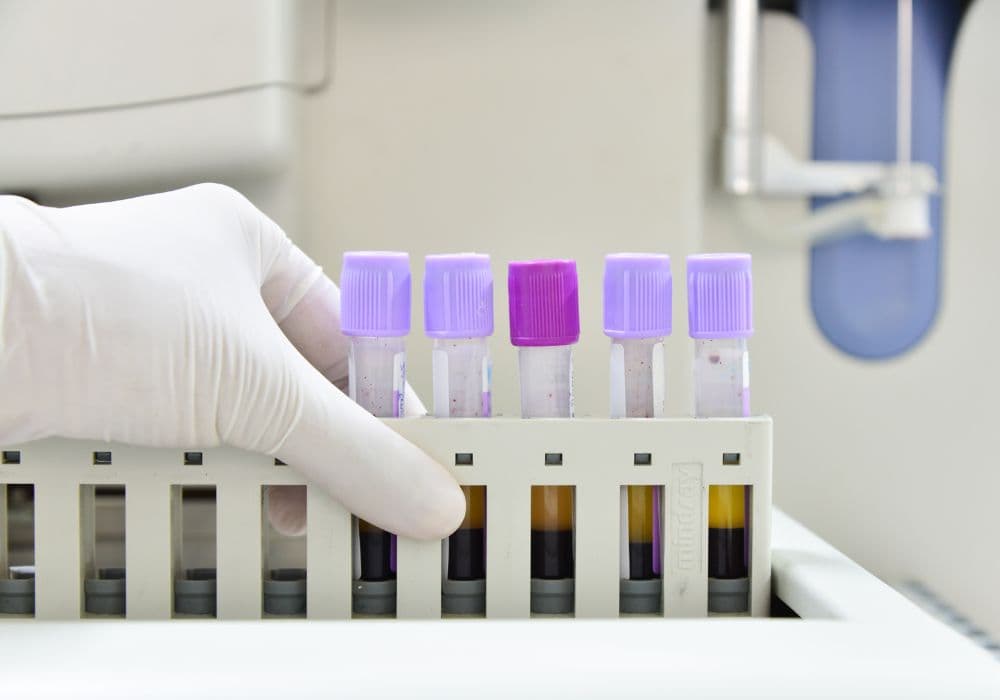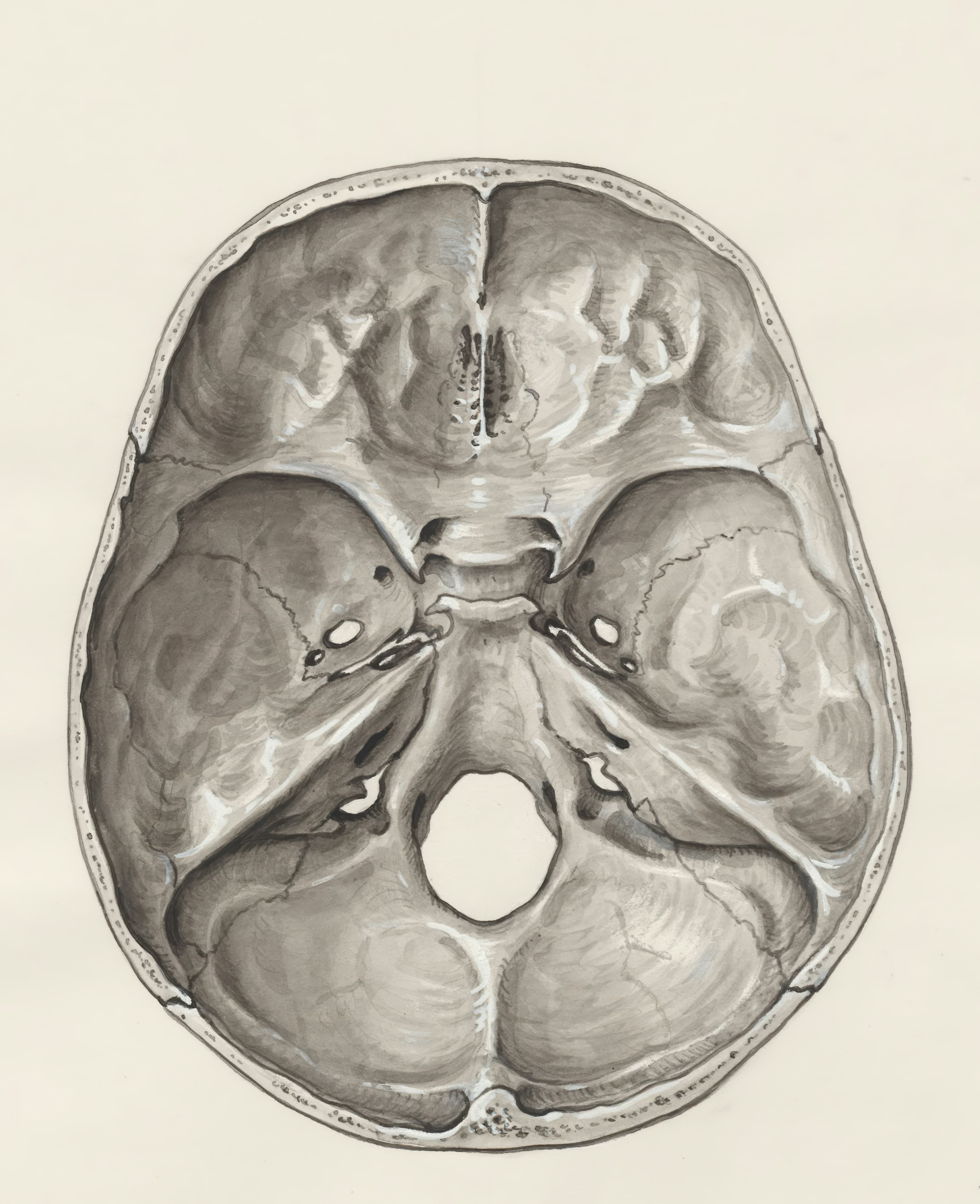A Complete Blood Count is a common blood test that measures different components of your blood, including red blood cells, white blood cells, and platelets. This comprehensive assessment helps healthcare professionals identify various medical conditions, assess overall health, and monitor the effectiveness of certain treatments.
Uncovering the Insights Gained from CBC
A Complete Blood Count provides essential insights into your health by examining various blood components:
- Red Blood Cells (RBCs): RBCs are responsible for carrying oxygen throughout your body. The CBC assesses the number of RBCs, their size (mean corpuscular volume), and their oxygen-carrying capacity (hemoglobin levels). Abnormalities in these values can indicate conditions such as anemia or polycythemia.
- White Blood Cells (WBCs): WBCs are crucial for your immune system's function and help defend against infections. A CBC measures the total number of WBCs and the different types present, such as neutrophils, lymphocytes, monocytes, eosinophils, and basophils. Deviations from normal ranges may suggest infections, inflammatory conditions, or certain blood disorders.
- Platelets: Platelets play a vital role in blood clotting. The CBC evaluates the number and size of platelets. Abnormal values can indicate bleeding disorders or enhanced clotting tendencies.
- Hemoglobin and Hematocrit: Hemoglobin is the protein in RBCs that carries oxygen, while hematocrit is the percentage of RBCs in your blood. These measurements help assess anemia, dehydration, or blood loss.
- Other Parameters: The CBC may also include additional parameters like mean corpuscular hemoglobin (MCH), mean corpuscular hemoglobin concentration (MCHC), and red cell distribution width (RDW). These values provide insights into the size and shape of your RBCs.





